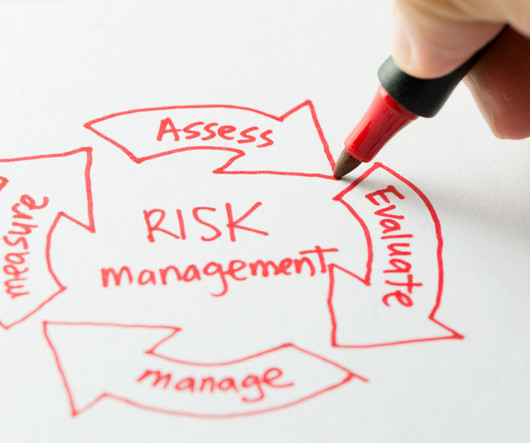Understanding Risk Management Strategies as a PayFac
Stax
AUGUST 22, 2024
Implementing an effective risk management framework can help you minimize the impact of potential threats, ensure business continuity, and recover quickly in the face of adversity. Additionally, you need to conduct regular compliance training for your staff and internal audits.












Let's personalize your content